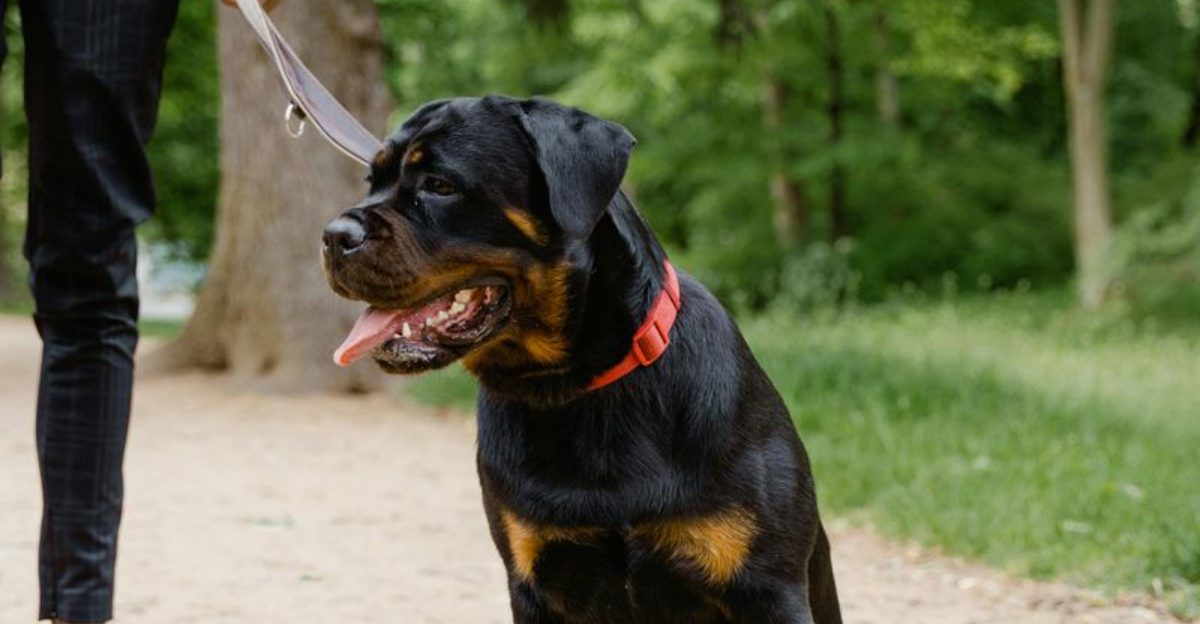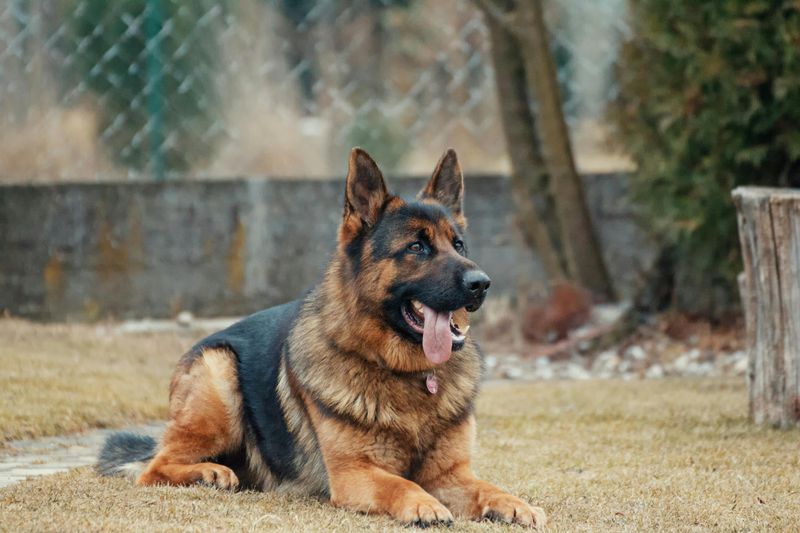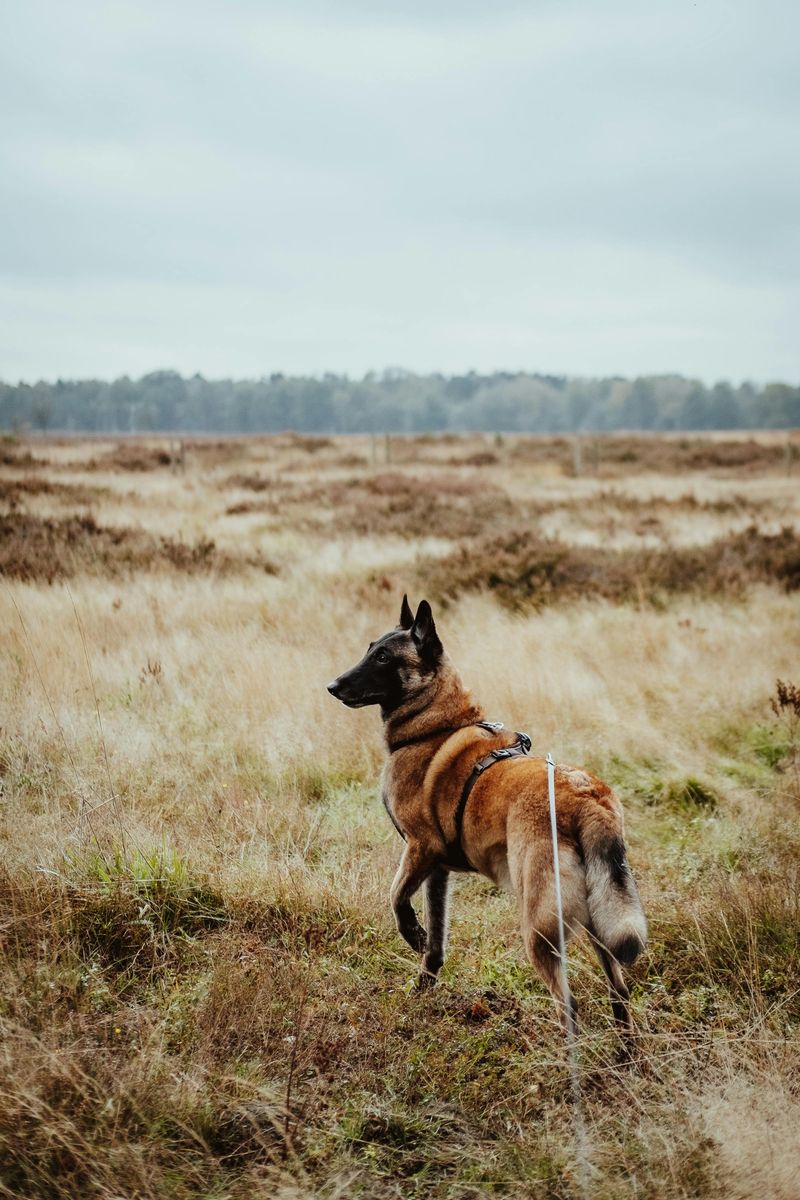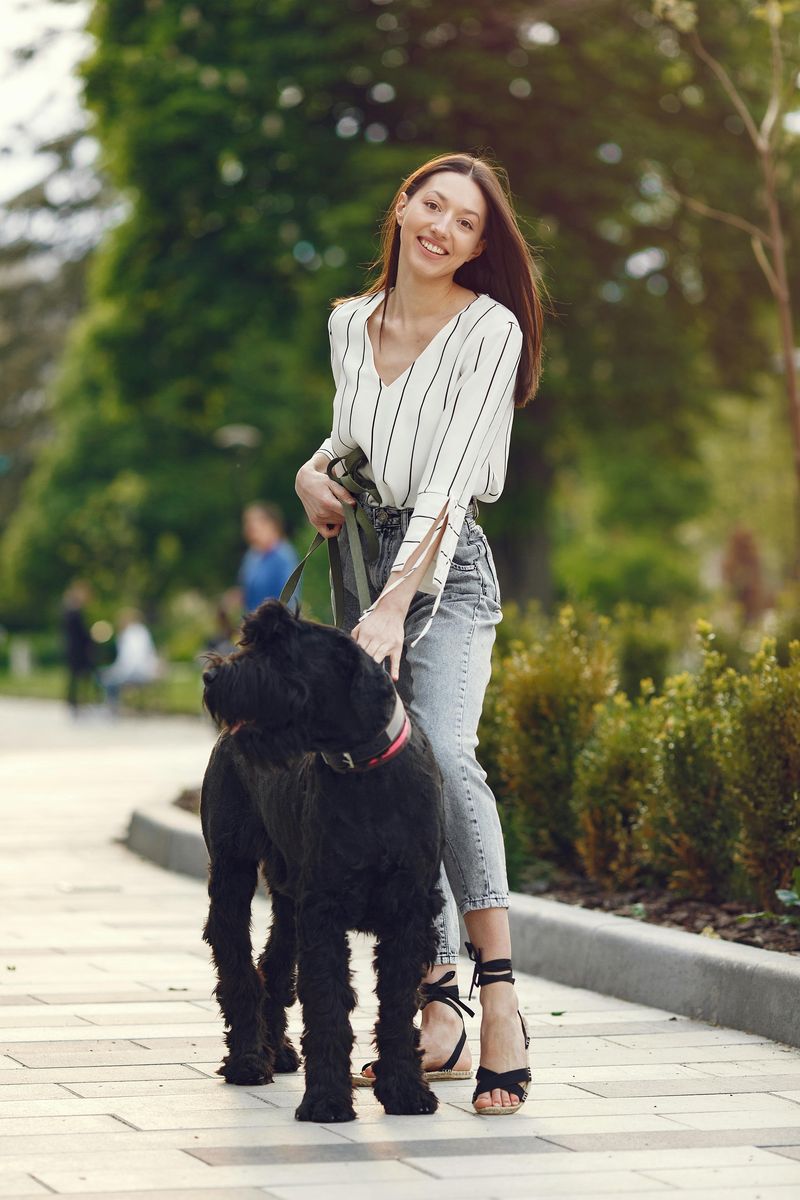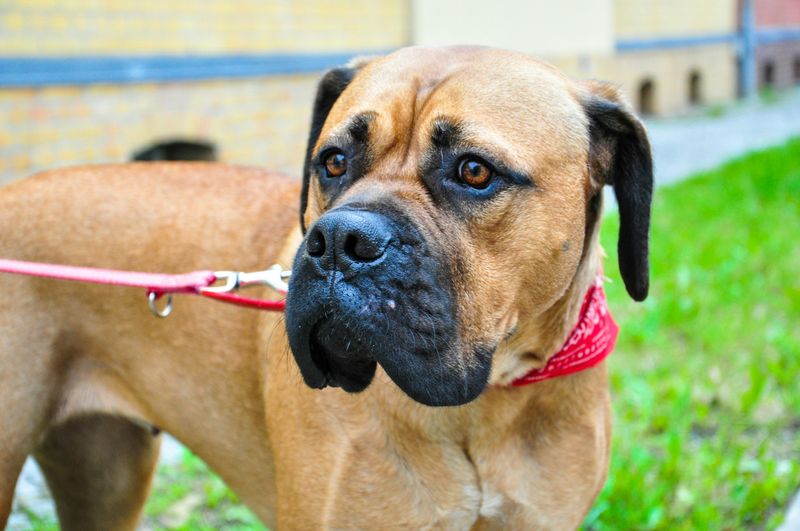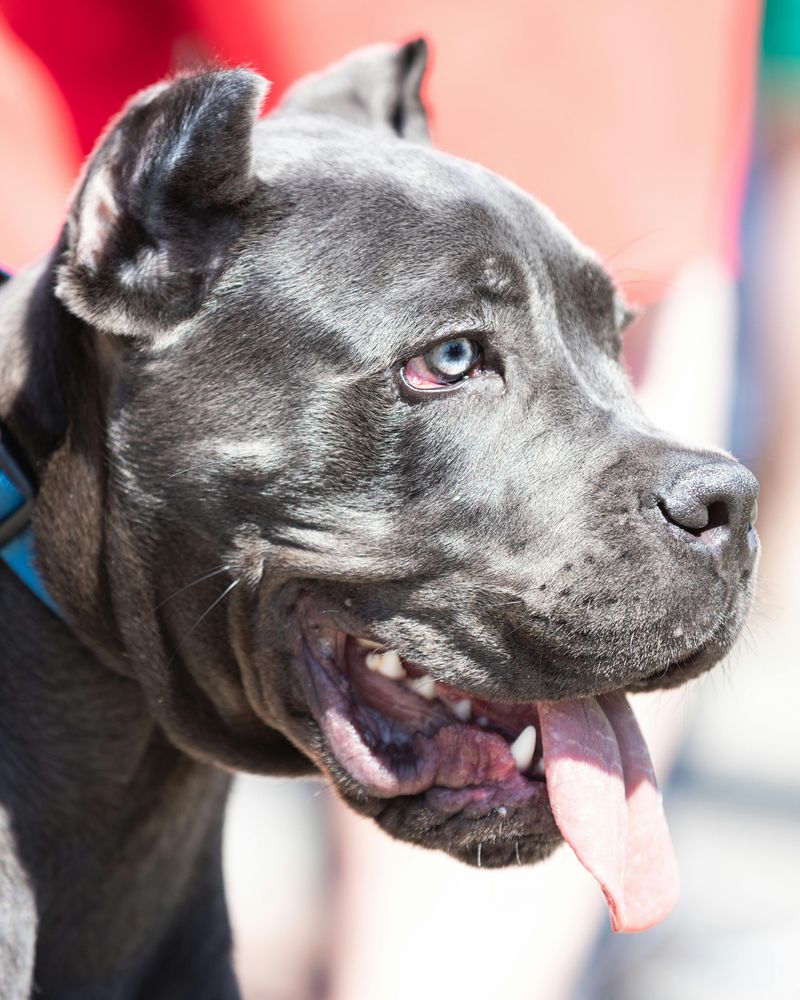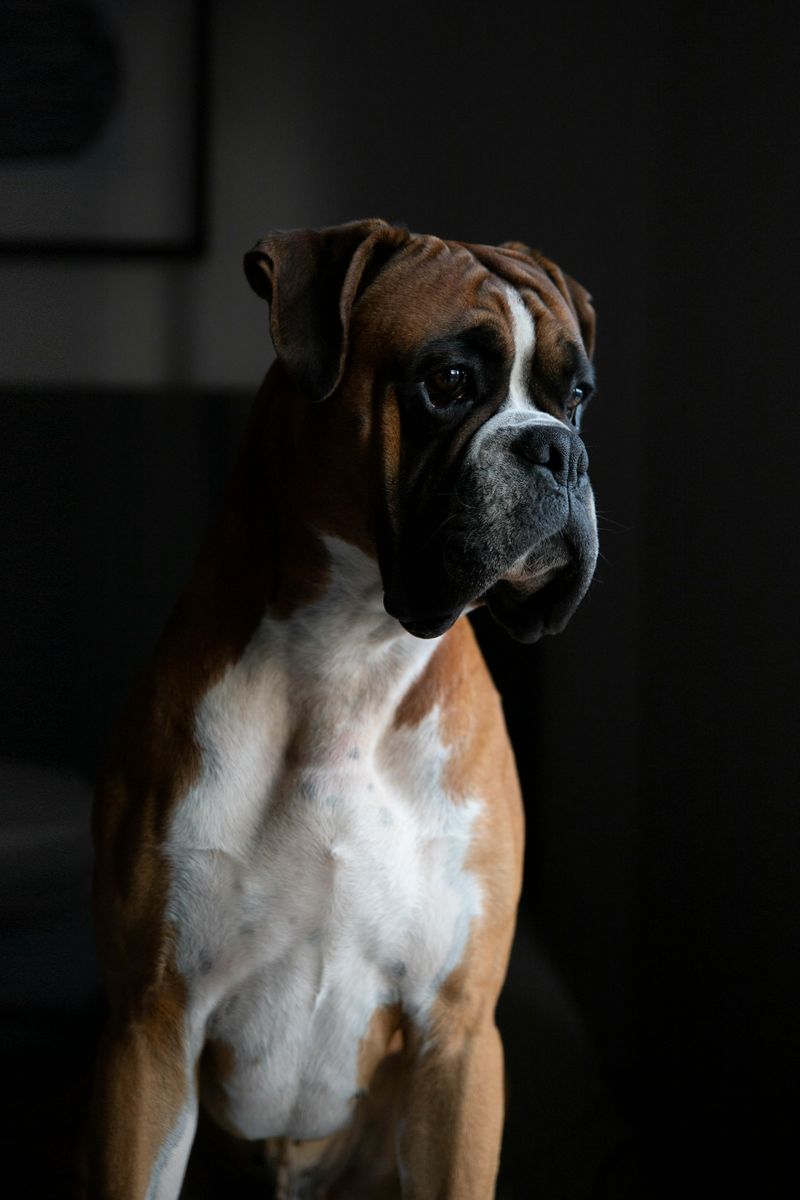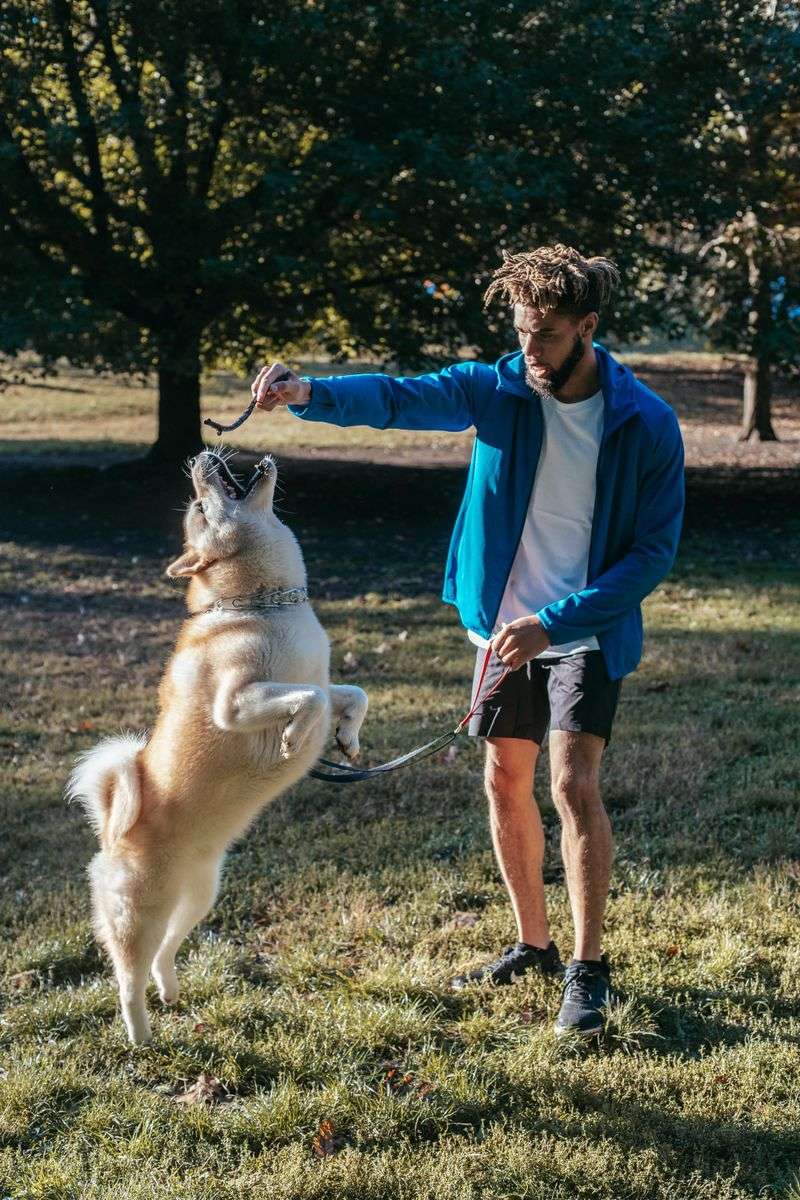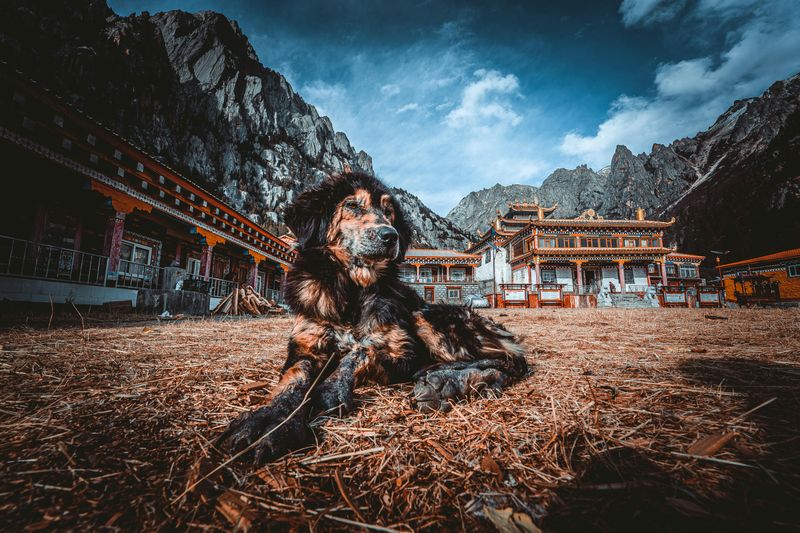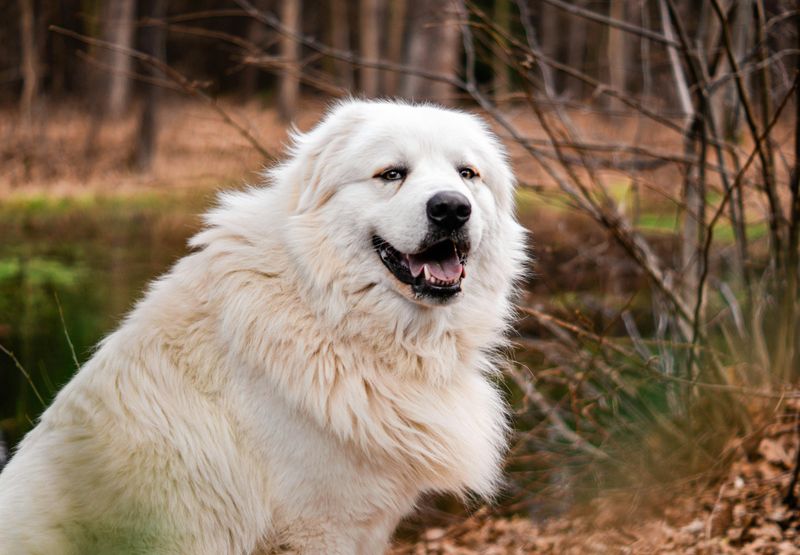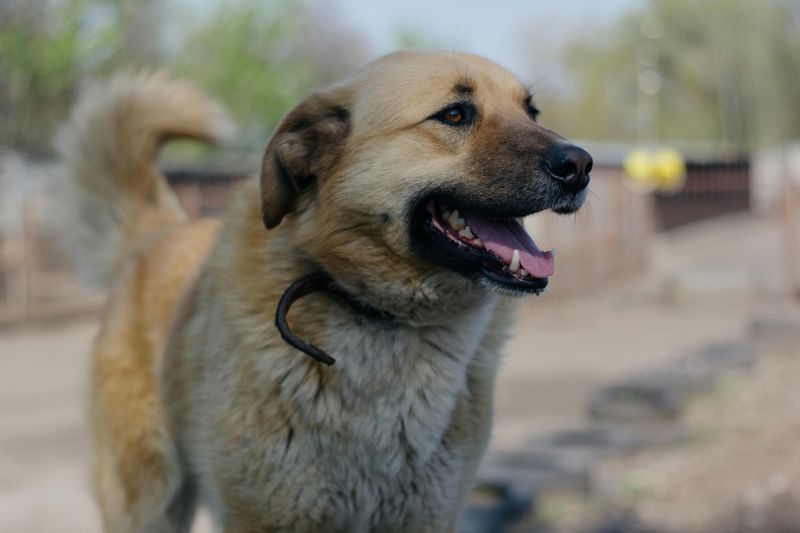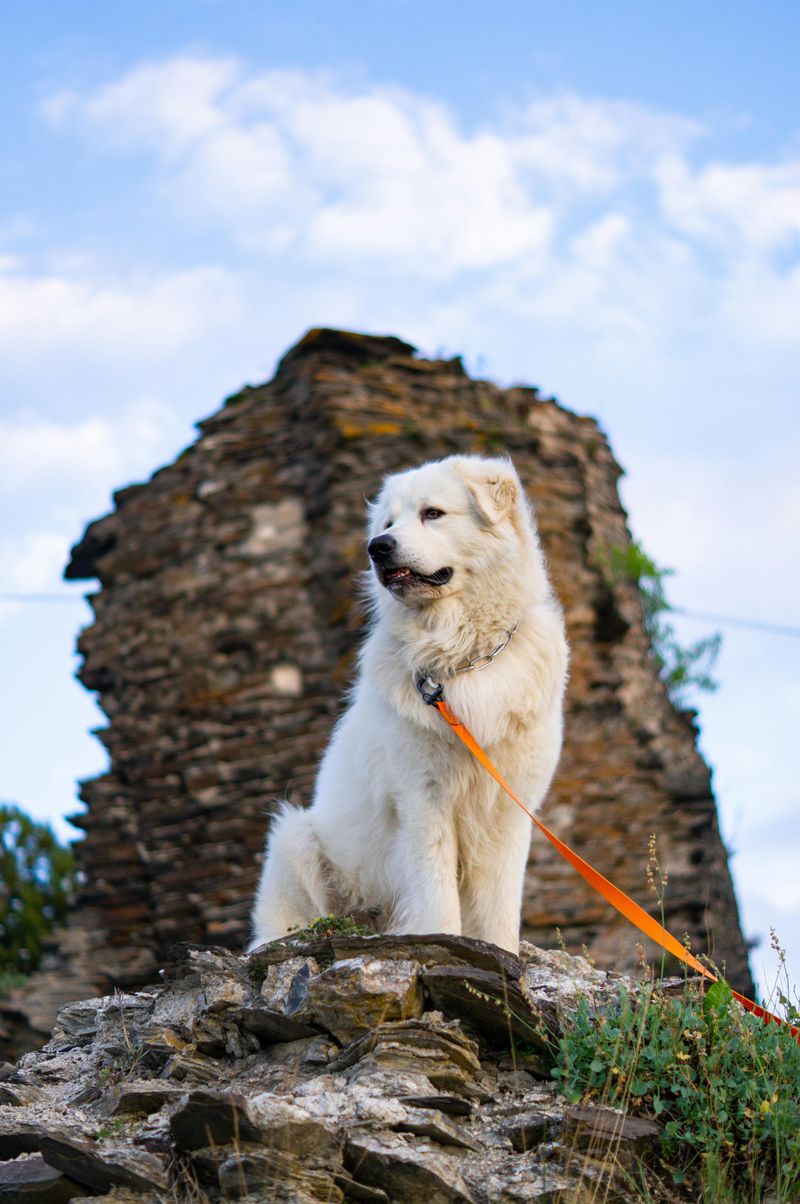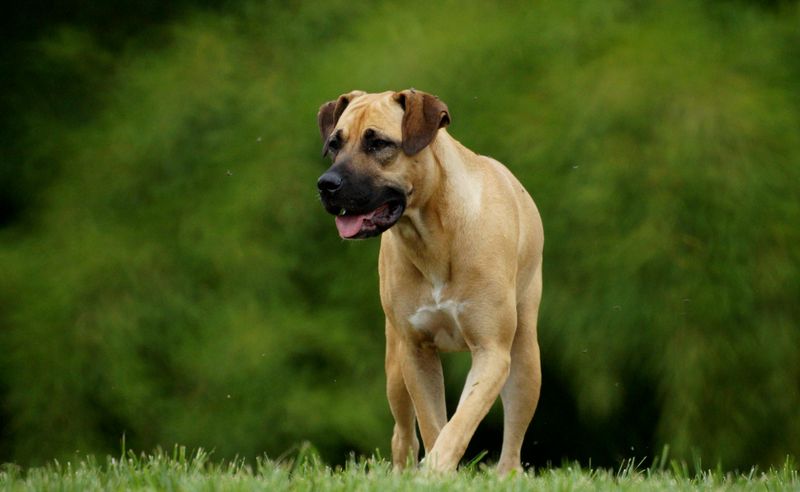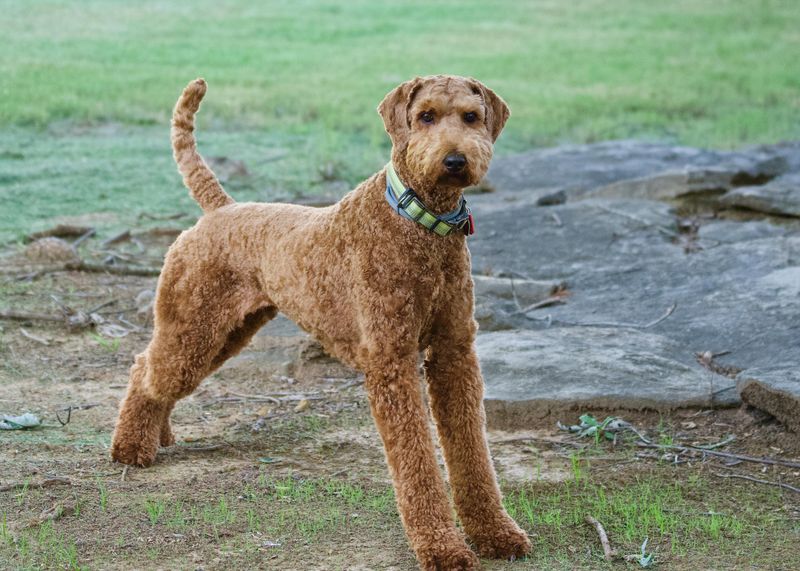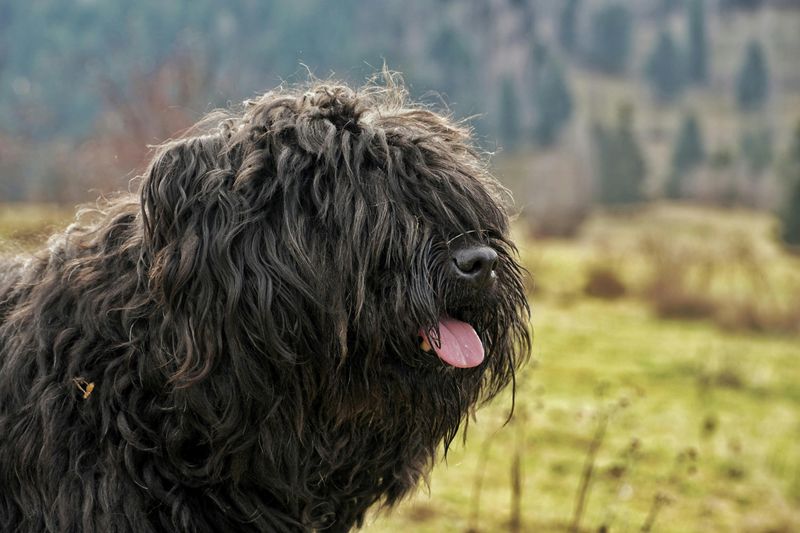Some dogs are born to watch, warn, and defend—and they do it with remarkable loyalty. If you want a canine that reads the room, shields the family, and stands steady under pressure, this list is your field guide. We’ll unpack the temperament, training needs, and ideal environments for breeds that guard with heart and intelligence. Ready to meet the protectors who combine courage with calm?
German Shepherd
The German Shepherd balances courage, intelligence, and loyalty, making it a premier guardian for homes and working roles. Bred for herding and protection, it forms deep bonds and stays alert to subtle changes in environment and behavior. With consistent training and mental challenges, it follows commands reliably under stress. Socialization from puppyhood curbs over-guarding and encourages calm judgment. Daily exercise and task-oriented play keep its mind sharp and body strong. Known for versatility, it excels in police, service, and family settings alike. Fair leadership, structure, and purpose unlock its protective potential while preserving a stable, confident temperament.
Rottweiler
The Rottweiler is powerful yet discerning, known for quiet confidence and unwavering loyalty. It bonds closely with family and maintains a calm vigilance that rarely tips into unnecessary aggression. Properly bred and trained, it listens for cues, acts decisively, and de-escalates when asked. Early socialization and obedience are essential to shape judgment and impulse control. This breed thrives on structure, strength training, and mental work. Clear boundaries make it dependable around guests and children under supervision. Its imposing presence alone deters threats, while its stable temperament ensures it protects with measured, responsible force when truly needed.
Doberman Pinscher
The Doberman Pinscher exudes sleek athleticism and laser focus, making it a formidable protector. Bred for personal defense, it reads body language, anticipates movement, and responds instantly to commands. Despite its intensity, a well-trained Doberman is affectionate and gentle with family. Early socialization curbs suspicion and channels energy into steady composure. Daily exercise and obedience drills keep its mind engaged and prevent restlessness. This breed thrives with confident handlers who provide structure and positive reinforcement. Combine mental puzzles with controlled protection work to reinforce restraint. Expect a vigilant, elegant guardian that thrives on partnership and purposeful activity.
Belgian Malinois
The Belgian Malinois is a high-drive, high-intelligence guardian renowned in military and police work. Agile and responsive, it excels when given clear jobs and constant mental stimulation. Without structure, its energy can overwhelm first-time owners. Early socialization, impulse control, and advanced obedience are nonnegotiable. This breed thrives on daily training, scent games, and controlled protection routines. It forms intense bonds and remains vigilant in dynamic environments. With experienced guidance, it balances speed and precision, switching calmly from play to protection. Ideal for active handlers seeking a responsive partner capable of complex tasks and steadfast home defense.
Giant Schnauzer
The Giant Schnauzer combines imposing size with sharp intelligence and a naturally watchful temperament. Bred for driving cattle and guarding, it remains alert without constant noise. Its wiry coat and strong frame require regular grooming and structured exercise. Early, thorough socialization builds confidence around strangers and novel environments. Consistent training prevents stubbornness and channels its protective instincts toward reliable obedience. It thrives with job-like activities, from nose work to carting. Due to its intensity, experienced owners are best. In a disciplined home, the Giant Schnauzer becomes a formidable yet even-tempered protector and affectionate family companion.
Bullmastiff
The Bullmastiff is a quiet, formidable guardian bred to apprehend rather than attack. Its massive frame and calm demeanor deter intruders before conflict arises. Despite its size, it’s affectionate and steady with family, preferring proximity and relaxed routines. Controlled socialization teaches appropriate responses to guests and delivery visitors. Moderate exercise and joint-friendly activities keep it healthy. Obedience training focuses on impulse control and reliable recall. Its protective instinct is instinctively measured, stepping forward only when necessary. For owners who value a watchful, low-drama protector, the Bullmastiff offers gentle devotion paired with potent deterrence.
Cane Corso
The Cane Corso is a muscular Italian mastiff known for territorial awareness and cool-headed bravery. It forms deep bonds, often shadowing its owner throughout the home. Early, consistent training cultivates self-control and thoughtful responses under pressure. Socialization is vital to avoid excessive suspicion toward strangers. Provide structured exercise, obedience, and bite inhibition work guided by professionals. A securely fenced yard and firm boundaries help it thrive. With balanced leadership, the Corso becomes a composed protector, equally capable of gentle affection and decisive defense. Ideal for experienced owners seeking a dignified, intelligent guardian with strong situational judgment.
Boxer
Energetic and playful, the Boxer also keeps a keen watch over its household. Its alert expression and athletic frame signal readiness, but its temperament tends toward friendly composure. Early training focuses on impulse control and channeling exuberance. Boxers respond beautifully to positive reinforcement and consistency. They bond tightly with families, often placing themselves between children and perceived risks. Moderate guarding instincts make them solid watchdogs without excessive suspicion. Regular exercise, mental games, and basic obedience sustain a balanced demeanor. Expect a joyful, agile companion that warns decisively yet prefers de-escalation and human connection over conflict.
Akita
The Akita is dignified, loyal, and naturally reserved with strangers, making it a vigilant guardian. Independent by nature, it benefits from firm, respectful leadership and clear boundaries. Early socialization broadens its comfort with guests and novel environments. Its thick coat and sturdy frame require consistent grooming and exercise. Akitas bond closely with family, often showing profound devotion. Training should prioritize impulse control, polite greetings, and reliable recalls. Due to same-sex intolerance in some lines, careful introductions are essential. In the right hands, the Akita provides quiet, powerful protection backed by intelligence and steadfast courage.
Tibetan Mastiff
The Tibetan Mastiff embodies ancient guardian instincts, bred to protect livestock and homesteads in harsh climates. It is independent, observant, and strategic rather than reactive. This breed is most active and vocal at night, patrolling perimeters and assessing distant sounds. Strong-willed and aloof with strangers, it requires a secure property and consistent rules. Early socialization helps distinguish normal activity from genuine threats. Exercise needs are moderate, but mental enrichment and territory awareness are vital. With experienced ownership, it becomes a calm, formidable presence—deeply loyal to family, yet resolute when duty calls.
Great Pyrenees
The Great Pyrenees is a gentle giant with steadfast livestock-guardian roots. Calm and patient by day, it becomes more vigilant at night, surveying territory quietly. Its protective style prioritizes deterrence—posturing, barking, and positioning between family and perceived threats. Early socialization and boundary training reduce nuisance barking and refine judgment. Thick coats need regular grooming, and moderate exercise keeps joints healthy. This breed thrives with space, routine, and respectful handling. With consistent guidance, it offers serene companionship and reliable watchfulness, especially in rural or suburban settings where it can oversee property without constant crowding.
Anatolian Shepherd
The Anatolian Shepherd is an independent, strategic guardian bred to defend flocks from formidable predators. It assesses threats calmly and acts with efficient resolve. Strong territorial instincts require secure fencing and responsible introductions to visitors. Early, ongoing socialization helps it distinguish routine activity from danger. Training should emphasize recalls, boundary awareness, and handler focus without squashing its natural judgment. Moderate exercise and purposeful tasks satisfy its working drive. Best suited to experienced owners with space, it becomes a steady, low-drama protector, providing quiet confidence and serious deterrence across rural properties and large homesteads.
Rhodesian Ridgeback
The Rhodesian Ridgeback blends athletic endurance with discerning protective instincts. Originally bred for tracking large game, it brings confidence and keen situational awareness to family life. It’s typically reserved with strangers but affectionate with its people. Early socialization helps prevent aloofness from becoming worry. Obedience training, running, and scent work keep it balanced. This breed prefers fair, consistent leadership and time with its family. Expect a calm watchdog that escalates only when necessary, using presence and posture first. In experienced homes, it offers a unique mix of grace, stamina, and quiet guardianship.
Kuvasz
The Kuvasz is a proud, independent livestock guardian known for loyalty and decisive protection. It forms deep bonds and prefers to patrol rather than cling. Early socialization and structured exposure temper suspicion of strangers. Training should focus on recalls, calm greetings, and boundary respect. This breed needs space, routine, and a confident handler who values its judgment. Grooming is moderate, despite its thick white coat. With clear expectations and consistency, the Kuvasz delivers calm oversight, stepping forward when truly needed. It excels on properties where it can keep watch yet still enjoy family companionship.
American Bulldog
The American Bulldog offers robust athleticism and a loyal, protective nature. Historically used for farm work and property guarding, it remains confident and people-focused with proper guidance. Early socialization curbs overexuberance and sharpens judgment. Training emphasizes impulse control, leash manners, and polite greetings. Regular exercise, strength games, and problem-solving tasks keep it content. With firm, fair leadership, it becomes a steadfast family guardian that prefers de-escalation before confrontation. Supervised interactions with children and visitors maintain consistency. Its imposing build and steady eye contact serve as strong deterrents, while its affectionate side shines at home.
Boerboel
The Boerboel is a South African mastiff bred to guard homesteads with calm authority. Massive yet agile, it reads situations carefully and acts with measured confidence. Early, comprehensive socialization and obedience are critical to channel strength responsibly. It thrives on structure, secure boundaries, and steady routines. Mental work—tracking, obedience, controlled protection—keeps its mind engaged. Best for experienced handlers, it demands consistent leadership and clear rules. With proper guidance, the Boerboel is gentle with family and formidable to threats, projecting a composed, immovable presence that deters trouble without needless aggression.
Airedale Terrier
The Airedale Terrier, largest of the terriers, brings bold curiosity and dependable watchdog instincts. It’s spirited yet biddable with consistent, positive training. Early socialization expands comfort with guests and urban noise. Regular exercise and brain games keep mischievous tendencies in check. Though not as imposing as mastiffs, it’s fearless and quick to alert, using bark and posture effectively. Its wiry coat needs grooming, and obedience helps refine impulse control. In family homes, it becomes a cheerful guardian—loyal, playful, and ready to stand firm when circumstances demand composure and confidence.
Staffordshire Bull Terrier
The Staffordshire Bull Terrier is compact, muscular, and deeply people-oriented, offering courageous yet affectionate guardianship. Known for its love of family, it remains vigilant without unnecessary hostility. Early socialization and obedience help refine greetings and curb excitability. Provide daily exercise, enrichment, and clear boundaries. While not a traditional guard mastiff, its determination and loyalty make it a reliable deterrent. Supervision around unfamiliar dogs is wise, and structured play prevents over-arousal. With consistent leadership, the Staffy becomes a brave, cheerful protector, balancing heart and grit in a manageable, family-friendly package.
Bouvier des Flandres
The Bouvier des Flandres is a powerful, steady herding guardian with a calm, no-nonsense demeanor. Its dense coat, strong frame, and purposeful gait signal authority. Early, thorough socialization and consistent training build confidence and restraint around visitors. The Bouvier thrives with jobs—tracking, obedience, carting—that channel intelligence and drive. It’s affectionate yet reserved, preferring to observe and decide before acting. Routine grooming and structured exercise maintain health and composure. In experienced homes, it provides quiet, reliable protection, deterring threats through presence and poised responsiveness rather than noisy reactivity.
